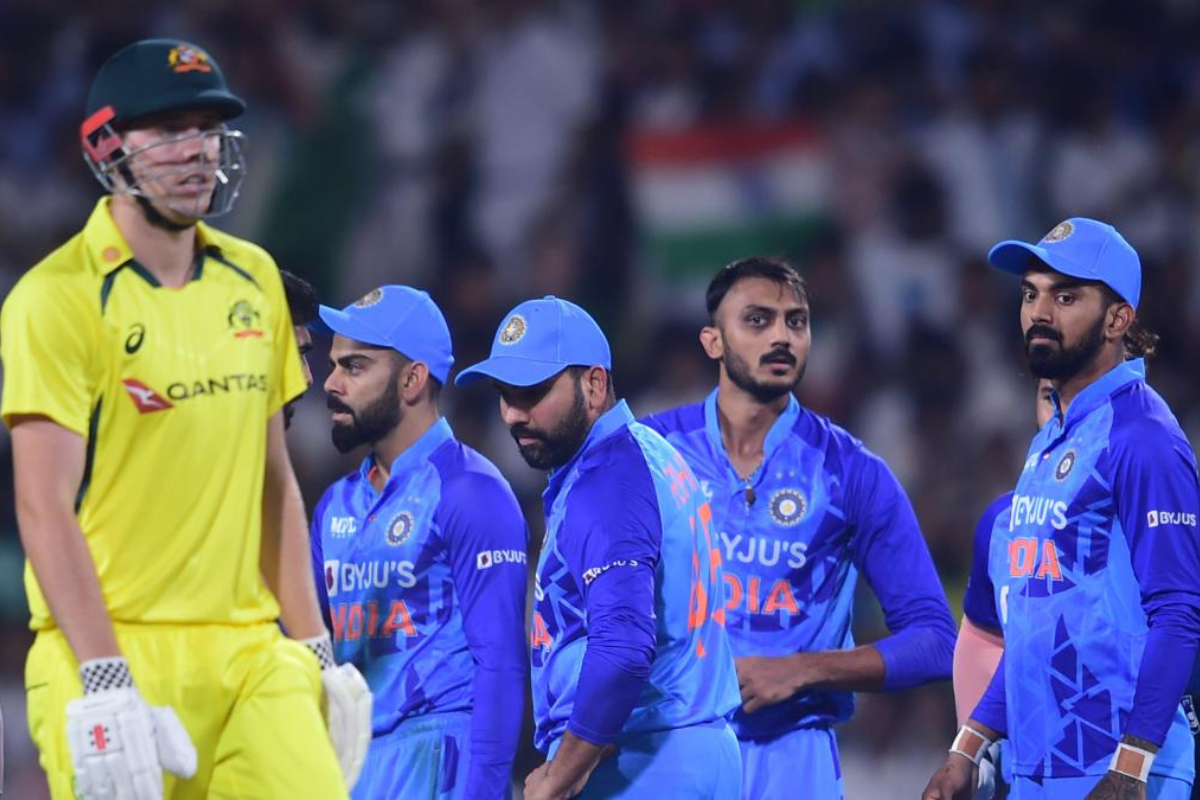
Both teams have lately been playing an exciting brand of cricket.

The upcoming Australia and India ODI series will see some of the finest white-ball players on show. These are two of the best teams in the format and will be near full strength as they start preparing for World Cup 2027. Tactically, this rubber will be right up there, with multiple deciding factors.
Both teams have lately been playing an exciting brand of cricket and will look to extend their gung-ho approach. That said, bowlers will have an equal chance in the game, with pitches always offering some additional bounce to work with. So, the balance will remain, which will automatically improve quality.
We identify three key factors that could shape the ODI series, starting on October 19.
Both teams have some of the most explosive openers who have looked to maximise the powerplay. India will have Rohit Sharma and Shubman Gill at the top, while Australia will open with Mitchell Marsh and Travis Head. Among all batters with at least 200 powerplay balls, Head (129.62) and Rohit (122.56) have the highest and second-highest strike rate, while Marsh (106.19) stands fifth on the list.
ODI pitches in Australia have been decent to start, but there will be some early movement to exploit for speedsters. Hence, the team that manages to keep wickets and still maintain a high scoring rate will naturally have a higher advantage. For Australia, both openers are ultra-aggressive, which means they might get rapid starts, but it will also open doors for early wickets.
ALSO READ:
If there’s any place where India’s otherwise formidable middle order can be tested, it’s in Australia. Despite improvements against pace and shorter lengths, Shreyas Iyer has yet to prove it on bouncy and quick pitches against bowlers whose natural lengths are hard. Additionally, Hardik Pandya has shown issues against hard lengths at pace, and Australia will have the resources and conditions to exploit it.
Moreover, India are without Ravindra Jadeja, who is a better pace-hitter than Axar Patel, which will increase KL Rahul’s role massively. India will find it arduous to provide impetus to the innings in the death overs since the batting unit is a bit one-dimensional in Jadeja’s absence. This might not be a bad test before the World Cup 2027, and a lot will depend on how Iyer, Hardik, and Axar complement other batters in the lineup.
Spinners are unlikely to have enough assistance, especially in the first two games in Perth and Adelaide. It will eventually boil down to how accurate tweakers can be and whether they can produce wicket-taking balls on non-friendly surfaces. For India, Kuldeep Yadav will lead, and Adam Zampa will be in the front for Australia.
As a wicket-taking option, Kuldeep might be slightly ahead, but Zampa has mastered these conditions and might be better suited to the pitches, solely due to his experience. As the second-bowling option, India have Axar Patel, who doesn’t bring a high wicket-taking value and has previously struggled to adapt to Australian conditions. The same issues remain for Australia because Glenn Maxwell, who was more than a part-timer, has retired, and more responsibilities will sit on Head and Cooper Connolly.
After the first ODI in Perth, the action will move to Adelaide (October 23) and Sydney (October 25). The T20Is will begin on October 29 in Canberra.
For more updates, follow CricXtasy on Facebook, Instagram, Twitter, and YouTube.